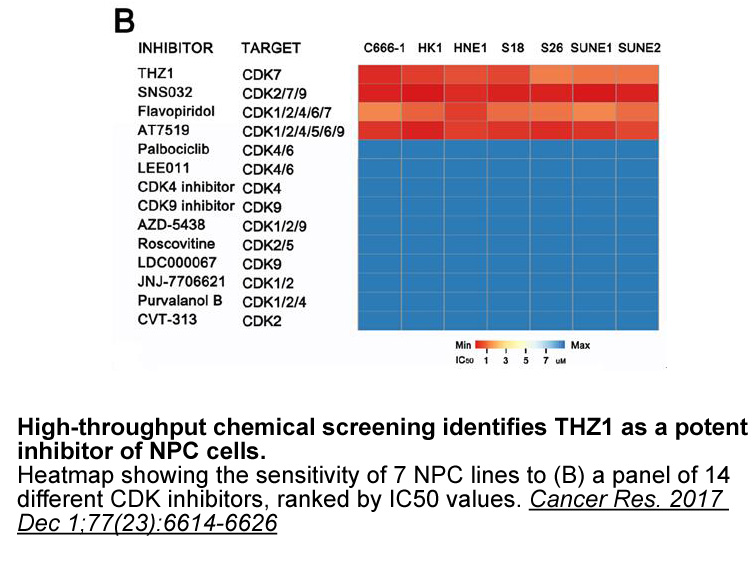Archives
saha drug br Immunolabeling Isolated mitochondria and cardio
Immunolabeling
Isolated mitochondria and cardiomyocytes (neonatal and adult) were seeded in glass coverslips (0.17-mm thickness) coated with either poly-d-lysine or poly-l-lysine [0.1% (v/v) in PBS], respectively. After, 24h, samples were preloaded with 200nM mitotracker/ER tracker (as described below) and then fixed with 4% (w/v) paraformaldehyde in PBS for 10min at room temperature followed by permeabilization with 0.5% (v/v) Triton-X 100 in PBS for 10min at room temperature. Samples were blocked with 10% (v/v) normal goat serum (NGS; G9023; Sigma Aldrich) in 0.1% (v/v) Triton-X 100/PBS for 30min at room temperature to control nonspecific binding. Samples were incubated overnight at 4°C with specific saha drug diluted in PBS containing 1% (v/v) NGS and 0.1% (v/v) Triton-X 100. After washing three times with PBS containing 0.1% (v/v) Triton-X 100, samples were incubated at room temperature for 60min with corresponding secondary antibody conjugates Atto 647N (1μg/mL each of anti-mouse and anti-rabbit IgGs) or Alexa-488 (2μg/mL anti-mouse IgG or anti-rabbit IgG) in 0.1% (v/v) Triton-X 100 in PBS, containing 1% (w/v) NGS. Samples were mounted for confocal microscopy with mowiol® 4-88 (Sigma Aldrich). Images were acquired with an Olympus confocal microscope IX 81 using a 60× oil immersion objective with 1.42 NA (PlanAppoN) and median filtered [6,7]. Percentage colocalization was quantified using image J.
Super resolution microscopy
STED images were acquired with a custom-made STED nano-scope using an oil immersion objective (HCX PL APO 100×/1.40-0.70 OIL CS, Leica Germany) as described earlier [8]. A 635nm pulsed diode laser (LDH-D-C-635, PicoQuant GmbH) was used for excitation. A tunable Ti:sapphire laser (Mai Tai HP, Spectra Physics) set at 780nm was used to deliver pulses for STED depletion. Fluorescence emission from ATTO 647N-labeled secondary antibodies was collected through a Semrock BrightLine FF01-692/40-25nm band pass filter in front of a photomultiplier (H7422PA-40, Hamamatsu Photonics K.K.). Images (955×960 pixels) were acquired with a 16kHz line frequency (resonant mirror of 8kHz) and summed 256 times. Pixel size was ~9.575nm×9.575nm. For comparison between conventional confocal images and STED images, all imaging parameters were kept identical except for the number of summations which was 64 when recording confocal images. Confocal images were acquired first for the same field prior to STED imaging. For analysis, STED images were filtered by mean subtraction with a filter window width and height of 32 and threshold was set to 1 [9].
Sub-cellular fractionation of mitochondria
Mitochondria was sub-fractionated as described earlier [10]. Briefly, hearts from 2 months old rats were excised, washed with PBS and then homogenized in mito-isolation buffer (mmole/L, 3 HEPES-KOH, 210 mannitol, 70 sucrose, 0.2 EGTA, complete mini EDTA-free protease inhibitor cocktail) followed by centrifugation at 2500g for 5min at 4°C. The supernatant was spun again at 12,000g for 10min for separating mitochondria at 4°C. The pellet enriched with mitochondria was then resuspended in mito-isolation buffer containing 2.5mg/mL of digitonin and then vortexed for 15min. The suspension was then centrifuged again at 12,000g for 10min at 4°C. The supernatant containing outer mitochondrial membrane and inter-membrane space was transferred to another tube. The pellet was resuspended in 500μl of mito-isolation buffer containing 2.5mg/mL of digitonin and then sonicated briefly in ice-cold water sonicator. This was followed by centrifugation at 100,000g for 30min at 4°C. After centrifugation the pellet containing inner mitochondrial membrane was stored for further analysis in Western blot.
Biochemical analysis
Rat brain, heart, kidney, spleen, Percoll-purified mitochondria or sub-fractioned cardiac mitochondria samples were treated with lysis buffer [RIPA mmole/L, 50 Tris–HCl, 150 NaCl, 1 EDTA-Na2, 1 EGTA-Na4, 1 Na3VO4, 1 NaF, 1% (v/v) Nonidet P-40, 0.5% (w/v) Na-deoxycholate and 0.1% (w/v) SDS, pH 7.4] containing protease inhibitors (1 tablet/50mL; Roche), and incubated for 1h at 4°C with shaking. Samples were centrifuged at 10,000g for 30min and the lysates (supernatants) were collected. Similar treatment was done for CLIC1, CLIC4 and CLIC5 knock out cardiac tissue from mice. Proteins (50μg) were separated on 4–20% (w/v) SDS/PAGE and transferred to nitrocellulose membranes (wet-transfer). Loading was corroborated with Ponceau S staining. Membranes were blocked with LICOR blocking buffer in TBS for 2h at room temperature. Respective blots were incubated overnight at 4°C with anti-CLIC1 mAb (0.2μg/mL), CLIC4 mAb (0.2μg/mL), CLIC5 pAb (0.2µg/mL), Cox2 (0.2µg/mL, ab15191, Abcam), GRP78Bip (1µg/mL, ab21685, Abcam,), Lamin-B1 (0.1µg/mL, ab16045, Abcam), GM130 (1µg/mL, G7295 Si gma,), pan-cadherin (1µg/mL, C8121, Sigma), ATP synthase (20ng/mL, ab14748, Abcam,) and VDAC1 (NeuroMab, 1µg/mL) antibodies. Membranes were washed thrice with 1X Tris-Buffered Saline containing Tween-20 and incubated with 0.01μg/mL secondary Abs (IRdye 800 goat anti-mouse IgG and IRdye 800 goat anti rabbit IgG) for 60min at room temperature. After extensive washing, membranes were visualized using Odyssey Imaging System (Li-Cor).
gma,), pan-cadherin (1µg/mL, C8121, Sigma), ATP synthase (20ng/mL, ab14748, Abcam,) and VDAC1 (NeuroMab, 1µg/mL) antibodies. Membranes were washed thrice with 1X Tris-Buffered Saline containing Tween-20 and incubated with 0.01μg/mL secondary Abs (IRdye 800 goat anti-mouse IgG and IRdye 800 goat anti rabbit IgG) for 60min at room temperature. After extensive washing, membranes were visualized using Odyssey Imaging System (Li-Cor).